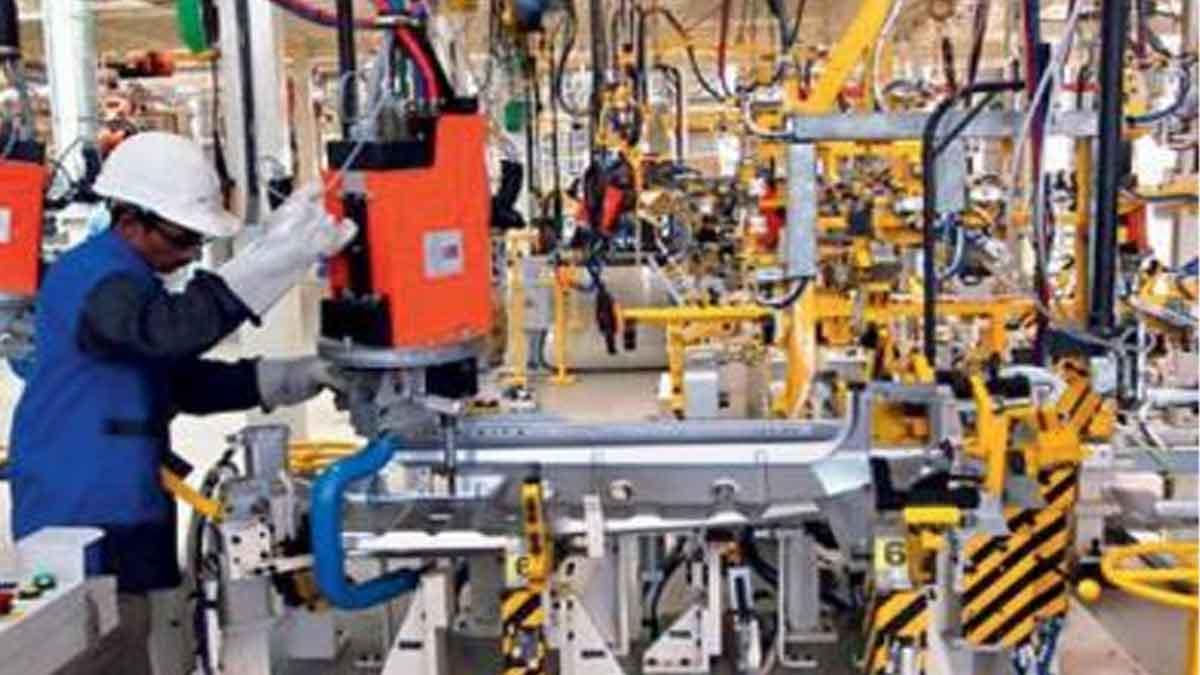Year-on-Year (YoY) decline in monthly demand for Mahatma Gandhi National Rural Employment Guarantee Scheme (MGNREGS) work is emanating from normalisation of the rural economy due to strong agricultural growth and a swift bounce-back from Covid-19, the Economic Survey for 2022-23 has said.
Labour markets have recovered beyond the pre-Covid levels, in both urban and rural areas, as observed in the supply-side and demand-side employment data, the Survey said.
Quarterly urban employment data shows progress beyond pre-pandemic levels as the unemployment rate declined from 8.3 per cent in July-September 2019 to 7.2 per cent in July-September 2022.
Reflecting rising formalisation of employment, net addition to EPFO payroll is steadily moving upward after swiftly rebounding from Covid-19, with the majority share coming from the youth. As per Annual Survey of Industries 2019-20, employment in the organised manufacturing sector has maintained a steady upward trend over time, with the employment per factory also increasing gradually.
Employment has been rising faster in factories employing more than 100 workers than in smaller ones, suggesting scaling up of manufacturing units.
The broad-based improvement in employment indicators can be observed in data covering both the supply side and demand side of the labour market. Labour markets have recovered beyond the pre-Covid levels in both urban and rural areas, with unemployment rates falling from 5.8 per cent in 2018-19 to 4.2 per cent in 2020-21, and a noticeable rise in rural FLFPR from 19.7 per cent in 2018-19 to 27.7 per cent in 2020-21.
Also read | Samsung's Q4 profit drops 69% on sluggish demand, lowest since 2014
More recent urban employment data shows progress beyond pre-pandemic levels as the unemployment rate declined from 8.3 per cent in July-September 2019 to 7.2 per cent in July-September 2022.
The net addition to EPFO payroll is steadily moving upward, with the majority share coming from the youth. Employment in nine major sectors has increased by 10 lakh over the year 2021-22 as per the QES. Employment in the organised manufacturing sector has also been rising over the years, as per the ASI 2019-20 data. The steady increase in employment levels can be attributed to multiple measures taken to cushion the impact of Covid-19 on MSMEs, the Survey said.


















